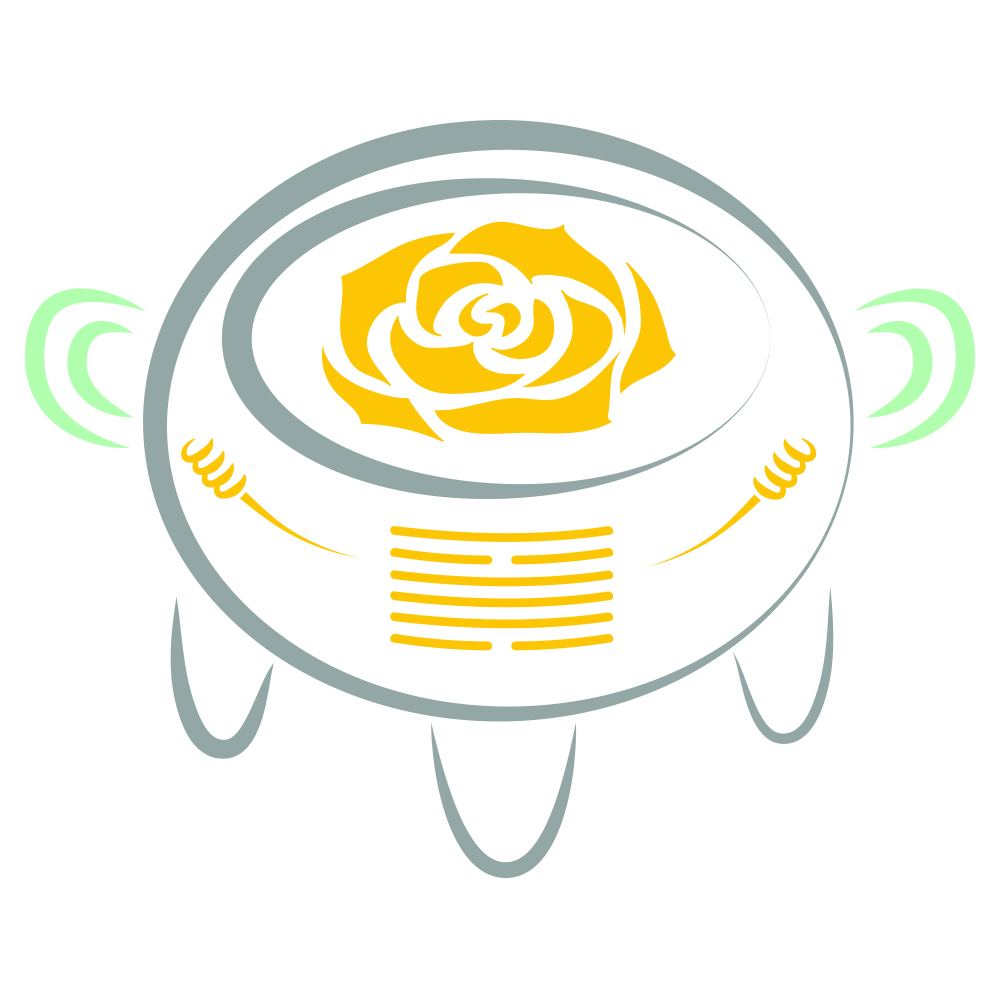Anxiety is one of the most common mental health conditions that impacts some 40 million people in this country alone. It is a symptom of our everyday lives for reasons that may be related to health, finances, trauma, gender, sexuality, and beyond. And given its wide reach, it is likely that you or someone you know manifests symptoms everyday.
At the heart of anxiety is the brain’s programmed response to a perceived threat against your safety. When that happens, your nervous system can fly into a heightened state generating a host of symptoms that are cognitive, physiological, and behavioral in nature. Many of you have been treated for feeling uneasy or hyper-vigilant, having racing thoughts, body tension, or even a rapid heartbeat. However, patients undergo these symptoms with little understanding as to what is happening within.
Western medicine categorizes anxiety into 6 disorders. They are 1) Generalized Anxiety Disorder, 2) Panic Disorder, 3) Social Anxiety, 4) Phobia, 5) Agoraphobia and 6) Separation Anxiety. Intervention usually involves medication or talk therapy but the type may vary based on your presentation. However, doctors do not often explain the cause of anxiety.
You may have noticed a graphic narrative in our waiting room entitled, Anxiety is Really Strange in which author Steve Haines offers a helpful explanation for this disorder’s roots, factors that exacerbate it, and a means for reframing it so that you can create a different set of reactions to stressors in your life. Haines’ narrative is based on the idea “that primitive parts of the brain are stuck trying to protect you. Your brain has become too good at predicting danger. Extreme survival responses with associated catastrophic thoughts are mistakenly being generated at the smallest stimuli.” Though brains have evolved onward from cave-people until now, parts of who we were thousands of years ago remain within us even today producing oversized reactions.
Later on Haines explores theories and research that spans bodies of work from philosophy to neuroscience. He touches on Lisa Feldman Barrett’s work, known as the Model of Constructed Emotion. Haines summarizes Feldman’s idea by saying that “we constantly make, and remake emotions. We do not have to become victims of flawed ‘emotion circuits.’ There aren’t any. We can reframe our experience.” (Haines). When applied to an anxiety response, it suggests that reactions to stressors are not necessarily rigid or constant in nature. And though intruding thoughts or memories might heighten our nervous system, there are ways to dissolve that tightly woven relationship. That being the case, acupuncture may assist you in this process.
Chinese Medicine is able to modulate the emotional and behavioral response to stressors in powerful ways. During a session, the needles are hard at work encouraging your body to enhance the circulation of qi and blood. This enables areas with poor or no circulation to open up. It is important to note that sometimes emotions and stress are what binds up these substances. And though acupuncture is producing changes on the physiological level, it also leads to changes emotionally when we enable the full flow of these vital substances. This is what eventually brings about relief and changes in your outward response to the world. Several months ago, I worked with a patient who is a mother and dealt with anxiety and irritability. She found herself becoming excessively irritable with her children but after 5-6 visits, she noticed that she was less impacted by her kids’ behavior and found herself responding with minimal irritability.
What I appreciate most about Haines’s narrative is that he normalizes anxiety in a way that gives anyone who is diagnosed with this disorder the agency to make changes for the better. And that makes this book really unique.
Anxiety is Really Strange is available for sale in the clinic along with Haines’s other graphic narratives: Trauma is Really Strange and Pain is Really Strange, which, Susan wrote about last year. These books would make great stocking stuffers for the holiday season! And for those of you who suffer from anxiety, please consider visiting the clinic for added support. We are here for you.

